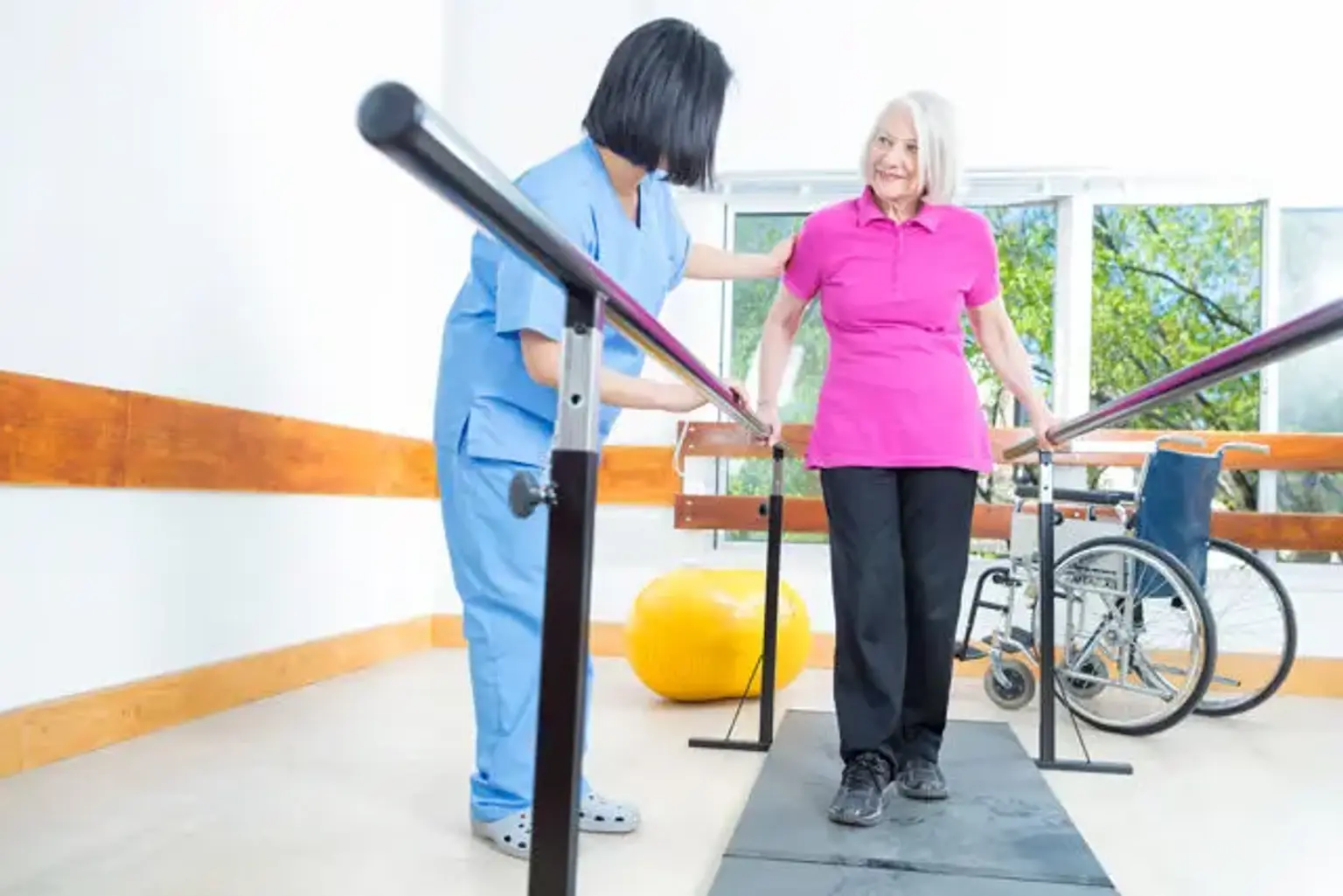General Rehabilitation
General rehabilitation refers to a set of interventions that aim at restoring the full functionality of patients with functional disorders. This includes the problems associated with neuromuscular conditions and injuries.
General rehabilitation centers also specialize in diagnosing a range of health conditions. It can include multiple sclerosis, stroke, cancer, traumatic brain injury, and cardiopulmonary compromise. It also provides long-term general rehab services to the patient with such health conditions.
A general rehab program was initially developed to help patients who have chronic medical issues affecting certain body parts. To date, this has generally made it easier for these patients to return to their everyday life. It has also enabled them to engage in different activities, including exercises, within a relatively short period.
